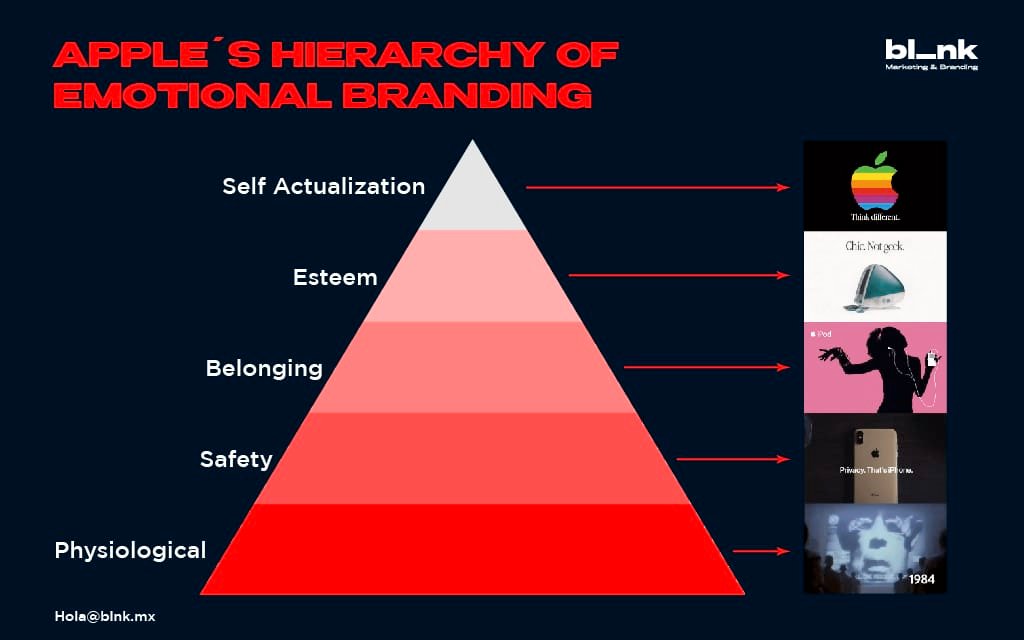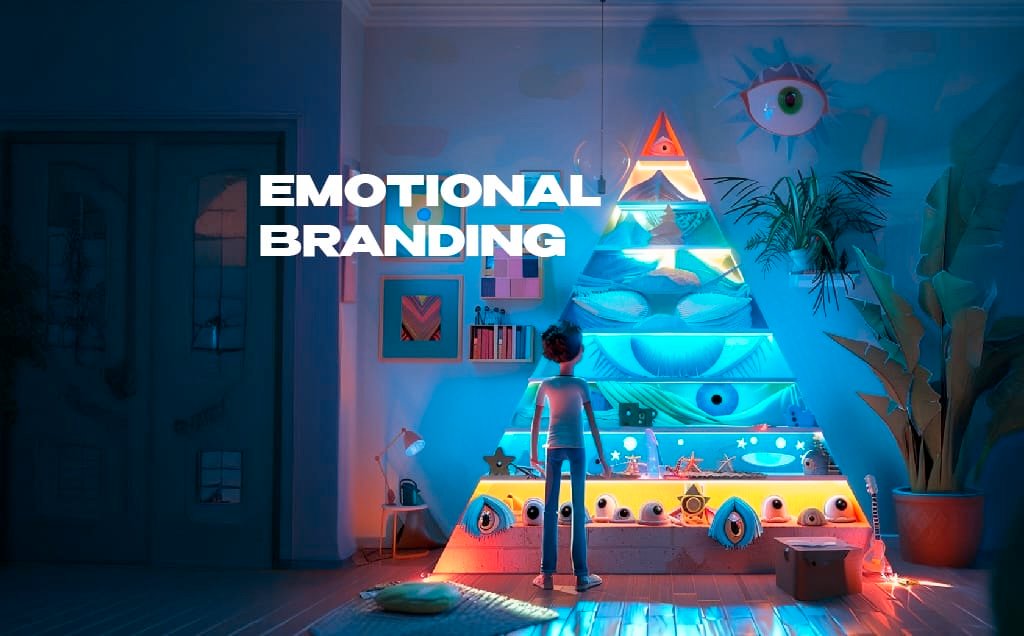Today, everyone wants to grab the public’s attention and be immediately recognized, which is why they constantly create strategies and changes. However, they often overlook one of the strongest tools for marketing: emotion.
Thanks to the study of neuromarketing, we have identified that most of our purchases are based on emotions and we do not rationalize them until later. As a brand, using emotions to our advantage will allow us to achieve unexpected results.
What is Emotional Branding?
Emotional branding, or emotional marketing, involves a series of actions that emotionally engage the consumer, thus creating a relationship between the product and the consumer. Emotional marketing aims to create content that appeals to and connects with the consumer’s mood.
The use of emotional marketing is employed for advertising campaigns and, as the name suggests, branding is a series of actions. It’s complicated to achieve with a single action since each advertisement, each campaign builds that link with the brand to later achieve conversion.
Emotional marketing is not new; it has been around for 20 years since it was first mentioned by Marc Gobe in the book Emotional Branding.
Emotional Branding and Maslow’s Pyramid
Maslow’s Pyramid shows how we behave and what the needs of human beings are. This pyramid indicates that we cannot climb the ladder until we have met the objectives of each step. Applied in marketing, Apple has been a brand that has managed to create emotional branding working from the same pyramid, not linearly, but every time it finds the opportunity, it appeals to one of the essential points of the pyramid.

Components of Emotional Marketing
Emotional marketing must fall into one of the following archetypes to really know that we have achieved the goal. These archetypes were identified with quantitative research by the marketing agency MVLM:
Improve.
With the use of the product or brand, you will be able to improve, whether physically, emotionally, intellectually, or economically, no matter which, as long as you become better.
Satisfaction.
The product or service meets expectations and not only that, it exceeds them, leading the user to an unforgettable experience.
Ritual.
When the brand integrates into the user’s daily life to the extent that it becomes a ritual for the user.
Nostalgia.
When the brand connects with the user’s memories being associated with strong feelings, this is achieved with products with which a person grows up.
Identity.
When the brand becomes part of the identity of a person or a culture is when it begins to resonate strongly with the market.
Emotional Branding Appeals to ETHOS, PATHOS, and LOGOS
When we manage to balance these three points is when a brand becomes emotional and strong. These techniques are characterized by these three rhetorical arguments:
Ethos
Appeals to Credibility Achieve credibility by assuring users that what you say and offer is true. Ethos in branding or emotional marketing can come in different forms, from expert quotes to testimonials, you can also use case studies or even give examples of how things have been achieved in the industry with your product or service.
Pathos
Appeals to Empathy Pathos motivates the consumer to take action with a sense of urgency, with the idea that they might miss the opportunity to obtain it or not belong to a group. You must be careful that the user does not feel that they are being manipulated.
Logos
Appeals to Logic and Reason The most persuasive pillar of the three and most dependent on the rest. Showing only facts, statistics, or product improvements is usually not what drives the user to buy, but showing them what your product can do for them and achieving empathetic communication to appeal to their logic is where you will find results.

By applying emotional branding, you will achieve results that you did not expect, from greater brand acceptance to an increase in your ROI, all thanks to emotional branding. If you manage to appeal to emotions and do good work with your clients, you will achieve a brand that endures over time.
WELCOME TO THE NEW NORM


